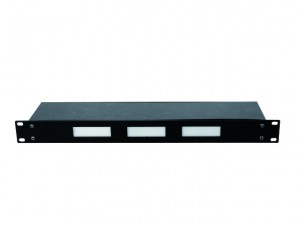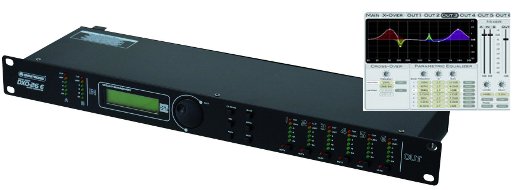 In Germany, the organisational and legal legislation has changed a lot during the past 10 years. The staff’s qualification in the entertainment industry was completely restructed so that every event must have its own responsible person.
In Germany, the organisational and legal legislation has changed a lot during the past 10 years. The staff’s qualification in the entertainment industry was completely restructed so that every event must have its own responsible person.
In 1998 and 2007, the guideline for noise protection and the DIN-standard 15905-5 came into force, respectively. Every staff with a social security card is now to be protected against excessive noise by the BGV B3 guideline. The Association of German Discotheques (BDT e.V.) has been training DJs since 2004 in order to sensitize and educate DJs in respect to dealing with loud music and ear damage. Successfull participants can boast with a DJ licence.
These changes are meant to have events carried out and monitored by qualified staff so that neighbours, audience and employed staff will no longer be exposed to excessive noise. This sounds easy in theory, but in not so easily carried out in reality.
It is true that digital loudspeaker controllers like OMNITRONIC’s DXO-series can limit the maximum signal level effectively and protect the settings via password. Furthermore, cost-effective, portable sound-level-meters like the OMNITRONIC SLM-700 can monitor and even record the sound pressure level at the venue and in the neigbourhood. Nevertheless, these measure make sense for individual events or a number of single events, but the authorities do no longer accept such practice in discotheques or other venues with regular events and permantently installed sound equipment. Such locations require highly effective level limits which can be sealed by the authorities.
One solution will be offered by OMNITRONIC’s SPL-1: this system provides a little controller with limiter to be installed between audio mixer and controller or amplifier, respectively. The controller will be connected with a measuring microphone in order to measure the real sound pressure level at the venue. On the frontpanel, the maximum signal level and the operational modes can be adjusted under a sealable cover. Two different “traffic lights” are available for rack installation and wall installation in oder to indicate a too high sound pressure level to the operators and technicians. If the given sound pressure level is exceeded for a longer period of time, the signal will be cut until the input level will be reduced. All connections are installed in a second housing chamber in order to avoid sabotage. If the microphone cable will be cut, the audio signal will immediately be cut.
<img class="alignnone size-medium wp-image-2579" title="10356251b_Omnitronic_SPL-1_Indikator" src="http://blog.steinigke.com/wp-content/uploads/2010/09/10356251b_Omnitronic_SPL-1_Indikator-300×225.jpg" alt="10356251 OMNITRONIC SPL-1 Indikator" width







